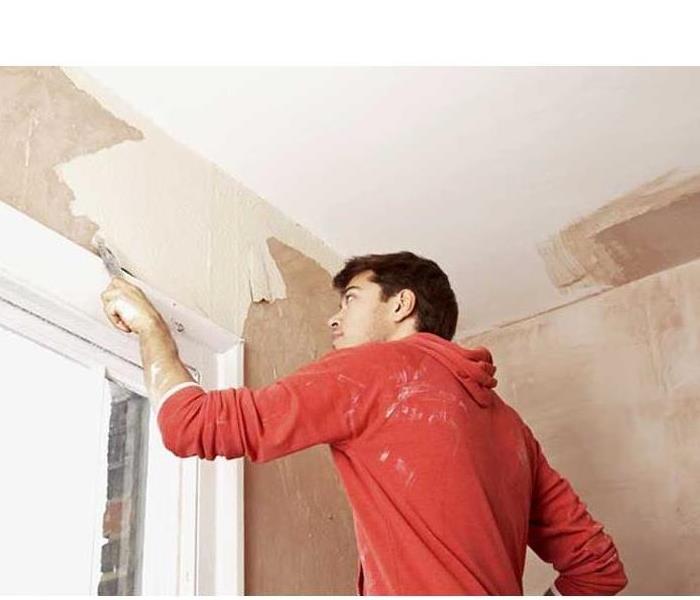Lead Poising From Paint
3/19/2018 (Permalink)
 If your home was built before 1978, it likely contains lead-based paint. Deteriorated lead-based paint is present in as many as 24 million residences
If your home was built before 1978, it likely contains lead-based paint. Deteriorated lead-based paint is present in as many as 24 million residences
No safe levels
Lead is dangerous to people of all ages, but children younger than 6 years old are particularly susceptible. Some of the effects of lead exposure — even low levels — in children and adults can include:
- Damage to the kidneys and nervous system
- Learning disabilities
- Issues with speech, language and behavior
- Slowed physical growth
- High-risk pregnancies and fertility issues
- High blood pressure
- Problems with digestion
A simple blood test at the doctor's office can detect lead poisoning. The best way to treat lead poisoning is to remove or minimize exposure to lead.
Reducing the risk
Hire a certified inspector or risk assessor to test your home. If your home has lead-based paint, take these steps to keep your family safe.
- Check surfaces. Lead-based paint in good shape is not a threat. But wear and tear is likely, particularly with painted window frames, doors, doorframes and stairs. Regularly inspect surfaces for peeling, chipping or damage.
- Keep it clean. Even a few particles of lead-based paint can be hazardous. Regularly wipe down floors, windowsills and other paint-covered surfaces to keep them free from lead dust.
- Remodel with care. Home improvements that involve scraping or disturbing paint may release toxic lead dust. If you're the DIY type, learn as much as you can about lead-safe practices. Or, better yet ...
- Hire a pro. Enlist a Lead-Safe Certified renovation firm to help with your next project, or hire a certified lead abatement contractor to ditch lead for good. Find certified inspection, risk assessment, abatement and renovation firms on the EPA's website.
- Look past the paint. Lead also may be present in soil tracked into the house, on some children's toys and even in older pipes and plumbing. Is there lead in your tap water?






 24/7 Emergency Service
24/7 Emergency Service